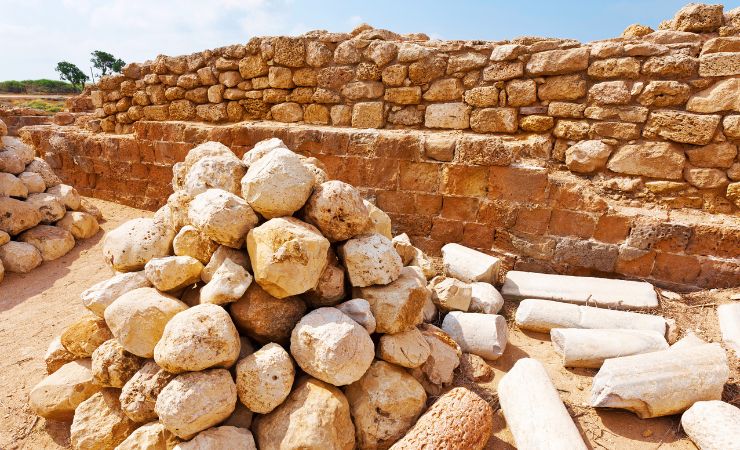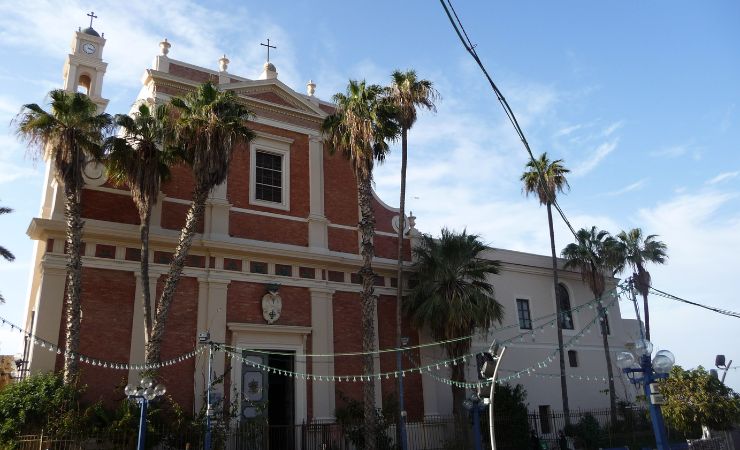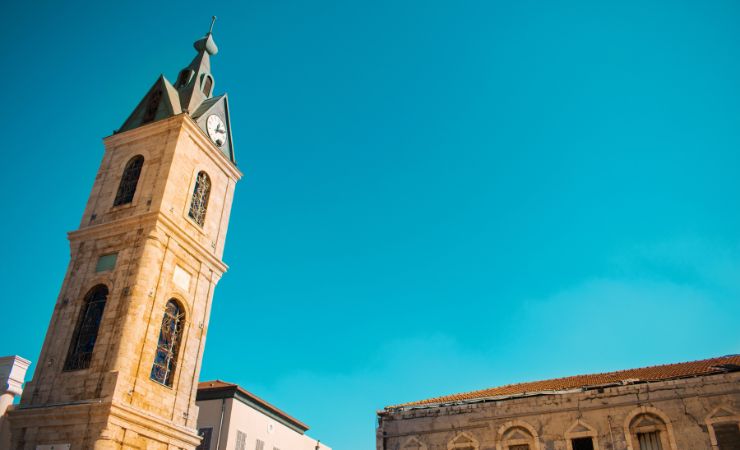Ramla’s Pool of Arches: Rowing Through Time
In the heart of Ramla, the Pool of Arches offers a glimpse into the city’s early Islamic past. Half-hidden beneath street level, this ancient reservoir still holds water—over 1,200 years after it was built.

Credit: https://www.flickr.com/photos/37873897@N06/5190998713
Location
The Pool of Arches is located at Ha-Hagana Street 12 in central Ramla.



History of the Pool of Arches
Constructed in 789 CE during the reign of the Abbasid Caliph Harun al-Rashid, the Pool of Arches was designed as a covered water reservoir to serve the residents of Ramla. An inscription in Arabic at the entrance confirms its completion date, making it one of the few structures in Israel that can be precisely dated to the Abbasid period. The pool was part of an intricate water supply system, receiving water via an aqueduct from springs near Tel Gezer. Despite numerous earthquakes over the centuries, the pool’s robust construction has ensured its preservation.
What Can Be Found at the Site
- Underground Reservoir: A subterranean water storage facility covering over 400 square meters and was built into a large excavated pit. Interestingly, the walls aren’t quite symmetrical—the northern wall stretches about 24 meters, while the southern side measures 20.5 meters. The ceiling was originally made up of six vaulted sections, five of which are still intact today.
Supporting these vaults are 15 stone columns and 16 pilasters arranged in a symmetrical cross shape. Between each pair of columns is a pointed arch, and above each arch, small windows—also pointed—were built into the wall to let in light.
The columns and arches were built from carefully cut stone blocks.
The walls and ceiling vaults used smaller stones and are about one meter thick.
Architectural Features:
Three rows of five stone columns each, supporting pointed arches—a design element that predates its widespread use in Gothic architecture.
- An original ancient Arabic inscription on its entrance wall, commemorating its construction. The inscription reads:
The Pool of Arches in Ramla features an ancient Arabic inscription on its entrance wall, commemorating its construction. The inscription reads:
“In the name of Allah and with Allah’s blessing, the agent of the Emir of the faithful ordered construction, may Allah lengthen his days, in the month of Haja in the year one hundred and seventy two.”
This translates to May 789 CE, during the reign of Caliph Harun al-Rashid.
Pointed Arches: The pool’s design includes systematically used pointed arches, marking an early example of this architectural feature. This design was later adopted by the Crusaders and evolved into the Gothic arch in Europe by the late 12th century.
Originally, the ceiling had 24 square openings used to draw water from above. Each opening had a carved stone base with a round hole in the center, likely for securing ropes or pulleys. Only 12 of these openings survive today, likely due to earlier restoration work.
Visitor Experience: The pool is open to the public, offering rowboat rentals that allow guests to navigate the tranquil waters beneath the ancient arches.
Sources and Additional Information
Go Ramla Tourism Site
Pool of the Arches from Wikipedia in Hebrew
Israel Antiquties Authority in Hebrew – Ramla, Pool of the Arches
Nearby Sites
- The White Tower: A historic minaret offering panoramic views of Ramla and its surroundings.
- Franciscan Church of St. Nicodemus and St. Joseph of Arimathea: A church with historical significance, believed to be associated with these biblical figures.
- Great Mosque of Ramla: Originally a Crusader cathedral, this mosque is a testament to the city’s diverse religious history.
- Ramla British War Cemetery: A well-kept Commonwealth cemetery where soldiers from both World Wars are buried.



